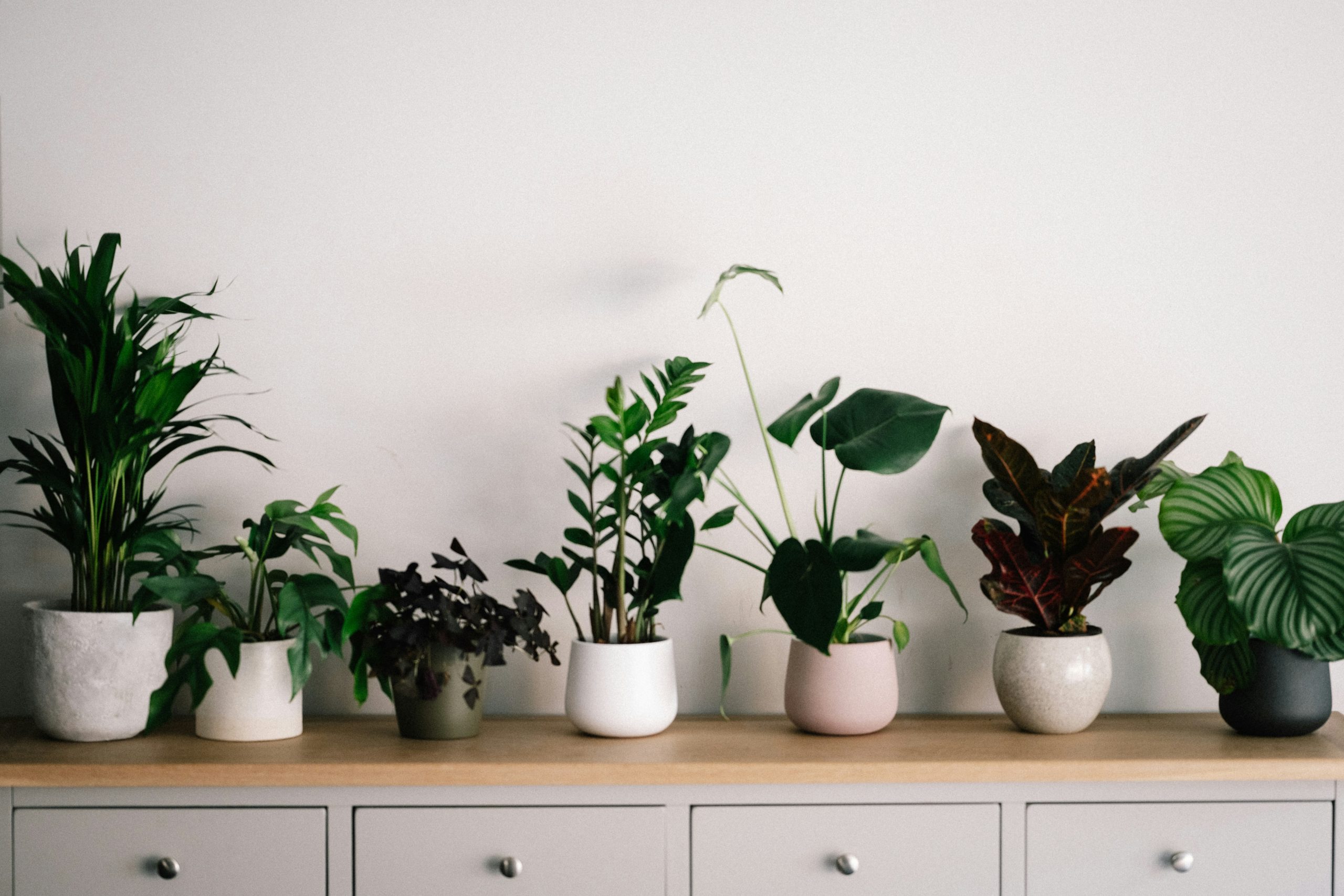The best indoor plants for air purification

In an era where awareness about environmental protection and personal health is at its peak, it’s necessary to have a proactive approach towards fostering a healthier lifestyle. One of the simplest ways to take a step in this direction is by incorporating indoor plants into your living space.
Indoor plants not only add a touch of greenery and elegance to your home but also work effectively in purifying the indoor air. They absorb the harmful toxins present in the air and release oxygen, thus maintaining a clean and fresh environment. This article will discuss the best indoor plants for air purification, how to care for them, and the benefits they bring to your home.
In the same genre : How to Create a Sustainable and Self-Sufficient Urban Homestead?
1. Spider Plant
Spider Plant, scientifically known as Chlorophytum comosum, is a popular indoor plant, mostly due to its ease of care and the ability to thrive in less-than-ideal conditions. It’s an excellent choice for beginners or those who don’t have a green thumb.
Also to discover : What’s the Best Way to Incorporate Interactive Technology into Kids’ Rooms?
Spider plants perform well in indirect light and require watering only when the soil is dry to the touch. They are excellent air purifiers, known for their ability to remove formaldehyde and xylene from the air.
2. Snake Plant
Another easy-to-care-for houseplant is the Snake Plant or Mother-in-Law’s Tongue. These plants are sturdy and can survive with minimal light and water, making them perfect for those often forget to water their plants.
Snake plants are one of the best for purifying indoor air. They absorb toxins such as formaldehyde, benzene, and trichloroethylene, and release oxygen, especially during the night. This makes them a fantastic addition to your bedroom for a peaceful night’s sleep.
3. Peace Lily
Peace Lily plants, with their large, dark green leaves and beautiful white flowers, can instantly enhance the aesthetic appeal of any room. These plants prefer low to medium light, and their soil should be kept moist.
The Peace Lily is highly effective at removing airborne toxins like ammonia, benzene, formaldehyde, and trichloroethylene. It’s an excellent choice for living rooms or offices where the air can be more polluted due to furniture and electronic equipment.
4. Boston Fern
Boston Ferns are popular houseplants known for their feathery leaves and appealing form. They thrive in humid conditions and indirect light, so they are perfect for bathrooms or kitchens.
Boston Ferns are excellent at removing formaldehyde from the air. They also act as natural humidifiers, releasing moisture into the air, which can be beneficial in dry climates or during winter.
5. English Ivy
English Ivy, known for its cascading vines, can be a beautiful addition to your home decor. They prefer bright, indirect light and require regular watering. It’s worth noting that English Ivy can become invasive if it’s not kept under control.
Apart from its visual appeal, English Ivy helps in reducing the amount of airborne fecal-matter particles and filtering out formaldehyde found in some household cleaning products.
6. Aloe Vera
Aloe Vera is a versatile plant known for its medicinal properties. It’s easy to care for, requiring minimal watering and can survive in both indirect light and full sunlight.
Beyond its well-known benefits for skin and health, Aloe Vera also purifies the air. It clears the air of benzene and formaldehyde, toxins commonly found in chemical cleaning products.
The advantages of having indoor plants extend beyond their air-purifying abilities. They contribute to creating a relaxing, calm environment and have been linked to promoting a sense of well-being. So, it’s time to visit your local nursery and add some of these wonderful indoor plants to your home.
7. Rubber Plant
The Rubber Plant, scientifically known as Ficus elastica, is a strong and robust indoor plant that offers a unique aesthetic with its large, glossy, burgundy leaves. Rubber plants are relatively easy to care for, requiring bright, indirect light and regular watering only when the top inch of soil is dry.
These plants are particularly potent air purifiers, excelling at removing formaldehyde from the air. This toxin is commonly found in many household products, including certain types of furniture, flooring, and cleaning products. As such, the Rubber Plant is a popular choice for living rooms and bedrooms.
8. Areca Palm
Areca Palm, also known as the Butterfly Palm, is a lush indoor plant known for its feathery, arching fronds. This plant requires bright, indirect light and prefers to be kept in slightly moist soil. Despite the extra care, it’s well worth the effort as it’s one of the most efficient air purifying plants, according to NASA’s Clean Air Study.
The Areca Palm is highly effective at filtering and purifying indoor air by removing toxins such as formaldehyde, xylene, and toluene. It also acts as a natural humidifier, releasing moisture into the air, making it ideal for rooms with air conditioning or central heating.
Conclusion
Embracing indoor plants for air purification is not only an efficient way to improve the quality of your indoor air, but it also enhances the aesthetic appeal of your living space. These plants, including the Spider Plant, Snake Plant, Peace Lily, Boston Fern, English Ivy, Aloe Vera, Rubber Plant, and Areca Palm, are not only beautiful additions to your home but also powerful allies in promoting health and well-being.
Remember, each plant has its unique care needs, from light requirements to watering schedules. Therefore, it’s crucial to understand these needs to keep your plants healthy and thriving. While most of the plants mentioned above are relatively easy to care for, they still need your attention and care.
Having these purifying plants in your home can provide a natural way of removing toxic agents from the air, thus enhancing the overall air quality. So, if you’re looking to create a healthier living space that also looks great, it might be time to bring some of these air purifying plants into your home.
The key to remember is that plants help to add more than just aesthetic value; they contribute significantly to creating a healthier living environment. Each of these plants offers a unique way to clean the air and create a more pleasant and healthier living space. So, why not start your small indoor garden today and reap the benefits of cleaner, fresher air?
Image credit: All images are from example.com and used only for illustrative purposes.
